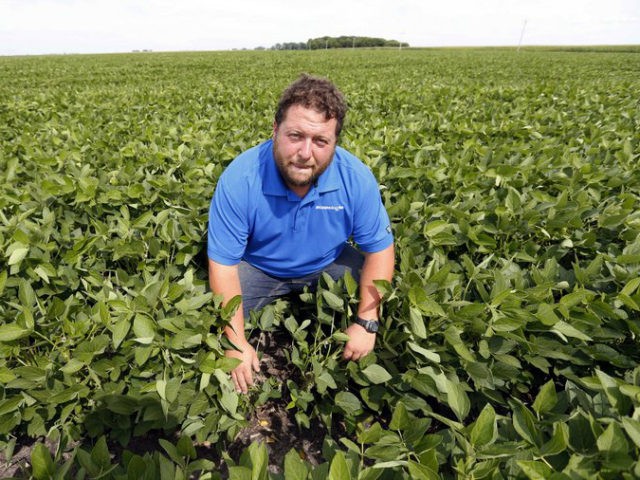The United States Supreme Court agreed on Friday to hear a case from California growers who claim a state law allowing labor union officials to make contact with workers during nonworking hours is violating their private property rights.
The San Francisco Chronicle reported on the development:
The state’s Agricultural Labor Relations Board adopted the rules shortly after California’s passage in 1975 of the nation’s first law allowing farmworkers to join unions. They allow union representatives onto farmers’ property for an hour before work, an hour after work and during the lunch hour, for up to 40 days a year.
The state Supreme Court upheld the regulations in 1976, and growers did not challenge them for another 40 years, a period in which the nation’s high court became more conservative and protective of property rights. In a lawsuit by a strawberry grower in Siskiyou County and a grape and citrus fruit farm in Fresno, the Ninth U.S. Circuit Court of Appeals ruled 2-1 in May 2019 that the state was not interfering substantially with the owners’ control of their property by allowing union entry for limited periods.
On Friday, the U.S. Supreme Court granted review of the growers’ appeal, which was supported by state and national farm organizations. The justices will hear arguments early next year and are due to decide by the end of June whether the state is violating the growers’ property rights.
“The Constitution forbids government from requiring you to allow unwanted strangers onto your property. And union activists are no exception,” attorney Joshua Thompson of the Pacific Legal Foundation, which represents the growers, said in the Chronicle report.
Mario Martinez, a lawyer for United Farm Workers, told the Chronicle he was “disappointed” by the court’s decision.
“A court review of California’s legislation appears to be another attempt to unfairly discriminate against farmworkers, but we look forward to persuading the court that the Ninth Circuit decision should be upheld,” Martinez said.
In 1992, the Supreme Court ruled that union organizers could enter employers’ property only in the “rare case” that the union could show “unique obstacles” preventing it from contacting employees in alternative ways.
Justice Clarence Thomas wrote for the majority in the 6-3 decision, which overturned National Labor Relations Board regulations allowing unions broader access.
Unions have claimed in the past that it is difficult to reach workers because of their shifting work schedules, lack of public meeting spaces, and the challenge of reaching workers without permanent housing.
“In the current case, the federal appeals court said last year that the board’s explanation satisfied the Supreme Court’s 1992 requirement to show ‘unique obstacles’ to ordinary contact,” the Chronicle reported. “The dissenting judge, Edward Leavy, described landowners’ right to exclude unwanted visitors as ‘one of the most fundamental sticks in the bundle of property rights.’”
Follow Penny Starr on Twitter.

COMMENTS
Please let us know if you're having issues with commenting.